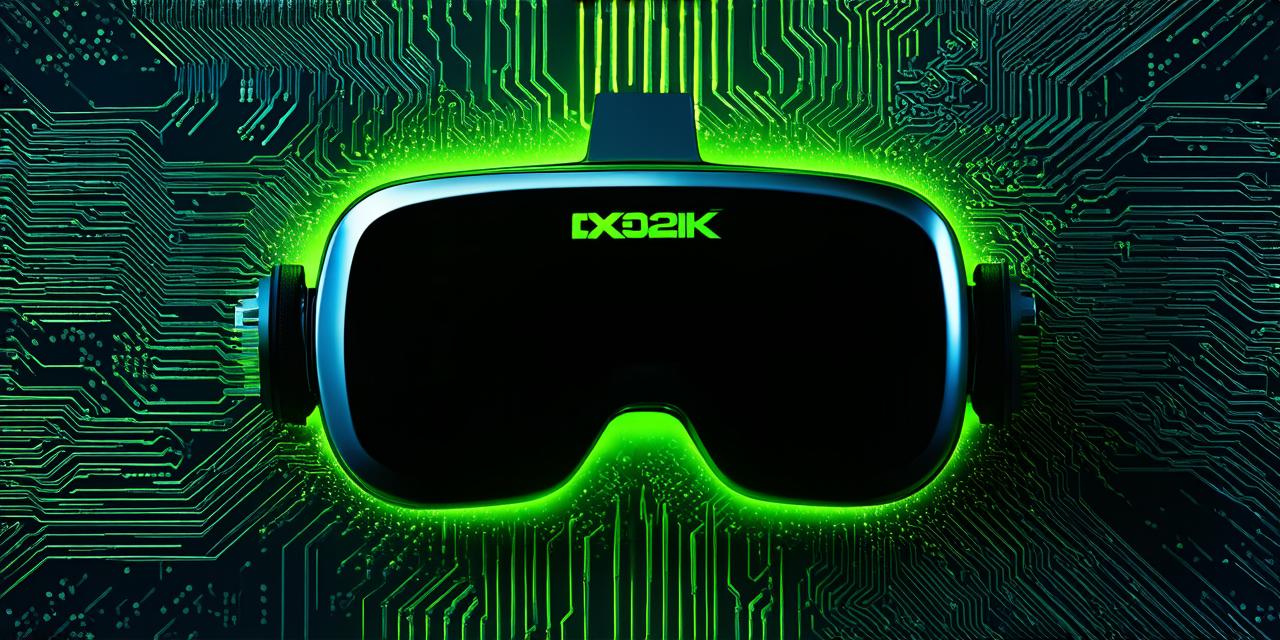In recent years, Augmented Reality (AR) and Virtual Reality (VR) have emerged as two of the most promising technologies for the future of entertainment, gaming, and education.
AR vs VR: What Are the Differences?
1. Definition: Augmented Reality is a technology that overlays digital content on top of the real world, enhancing the user’s view of their surroundings. On the other hand, Virtual Reality is a technology that creates a completely artificial environment for the user to interact with, disconnecting them from reality.
2. User Interaction: AR allows users to interact with the digital content while still remaining in their physical environment. This means that AR can be used for education, training, and gaming purposes without requiring any special equipment or setup. VR, on the other hand, requires a specialized headset or display device and can only be experienced in an isolated environment, which limits its use cases.
3. Cost: AR technology is generally less expensive than VR technology, as it does not require complex hardware and software infrastructure to create digital content and overlay it onto the real world. VR, on the other hand, requires a high-performance computer or gaming console, specialized sensors, and a headset, making it more costly to implement.
4. Realism: VR offers a higher level of realism than AR, as it creates an artificial environment that is completely disconnected from reality. This means that users can experience a fully immersive and interactive environment without any distractions or external factors affecting their experience. AR, on the other hand, only enhances the user’s view of the real world, providing additional information and context but not replacing it entirely.
5. Use Cases: While both AR and VR have a wide range of potential use cases, they are best suited for different purposes. AR is ideal for education, training, gaming, and marketing, while VR is best suited for entertainment, gaming, and simulation-based applications.
Summary:

In conclusion, Augmented Reality and Virtual Reality are both powerful technologies that offer unique benefits and use cases. While VR provides a more immersive and realistic experience, it is also more expensive and limited in its practical applications. AR, on the other hand, offers a more cost-effective solution that can be used in a wider range of scenarios. Ultimately, the choice between AR and VR will depend on the specific needs and goals of the application or use case at hand.



